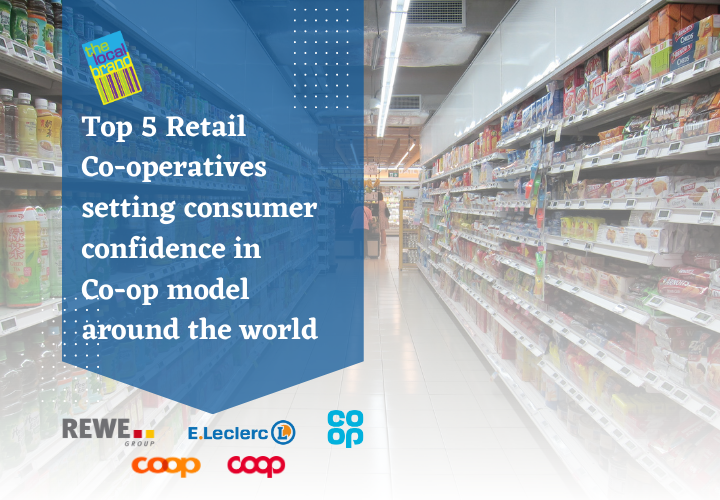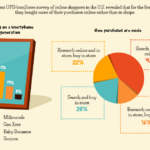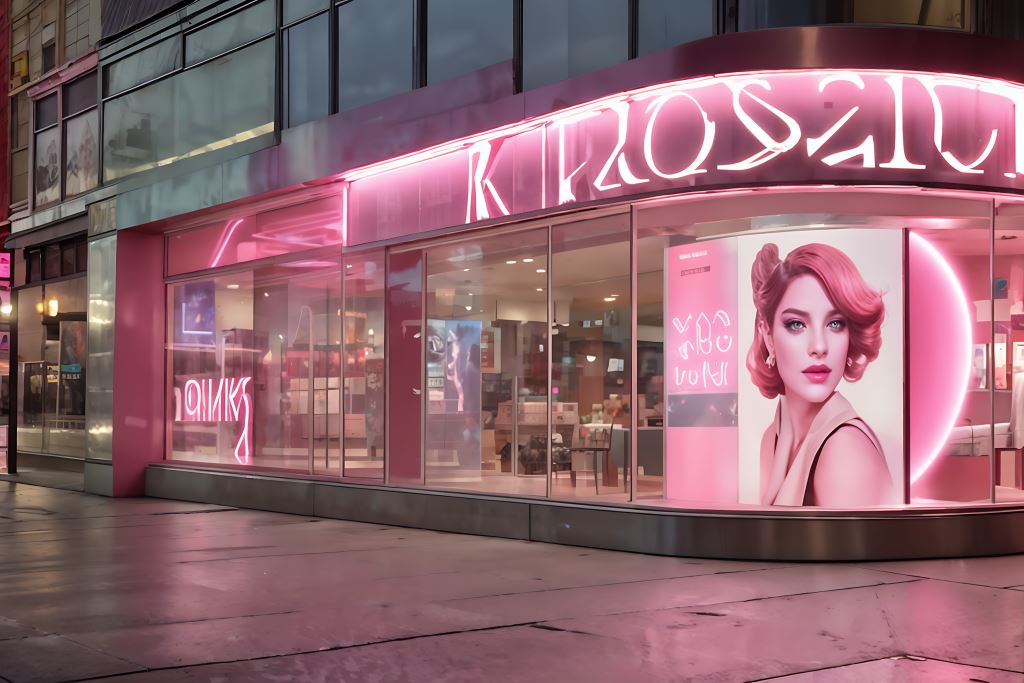
Cooperative retail chains are a popular retailing model around the world. They are owned and managed by their members, who are also the customers of the stores. Members invest in the store and receive benefits in return, such as discounts and profit-sharing. These chains operate on a democratic basis, with members having a say in the management and direction of the business.
In this article, we will discuss the top 5 cooperative retail chains across the world. These chains have been selected based on their size, popularity, and impact on the retail industry.
REWE Group, Germany

First on the list is the REWE Group in Germany. It is a retail cooperative with over 3,600 stores and more than 22 million members. Founded in 1927, the chain has grown to become one of the largest retailers in Europe. The REWE Group operates several brands, including REWE, Penny, and Toom. REWE is the largest brand, with over 3,300 supermarkets and convenience stores across Germany. Penny is a discount supermarket chain with over 2,100 locations, while Toom offers home improvement and DIY products.
E. Leclerc, France

E. Leclerc (S.C. Galec) is second on the list. It is a French cooperative hypermarket chain founded in 1948 by Édouard Leclerc. Headquartered in Ivry-sur-Seine, France, it is the second-largest retail group in France, after Carrefour, with over 721 stores and 133,000 employees. The company is owned by over 600 independent retailers, who are all members of the E. Leclerc cooperative.
E. Leclerc is known for its low prices and its commitment to supporting local producers. The company has a number of initiatives in place to help local farmers, including its “Drive fermier” program, which allows customers to order fresh produce from local farms and pick it up at their local E. Leclerc store.
E. Leclerc is a major player in the French retail market, and its impact on local producers is significant. The company’s commitment to supporting local farmers helps to ensure that these producers have a market for their products, and it also helps to keep prices low for consumers.
Coop Group, Switzerland

The third on the list is the Coop Group in Switzerland. It is the largest retail cooperative in Switzerland with over 2,000 stores and more than 2 million members. Founded in 1890, the chain offers a wide range of products, including food, clothing, electronics, and home goods. Coop operates several brands, including Coop, Coop City, Coop Bau+Hobby, Coop Vitality, and Coop Pronto. Coop is the largest brand, with over 900 supermarkets across the country. Coop City is a department store chain with over 15 locations, while Coop Bau+Hobby offers home improvement and DIY products. Coop Vitality is a pharmacy chain, and Coop Pronto is a convenience store chain with over 300 locations.
“These five cooperative retail chains have proven to be successful in their respective countries, providing a unique shopping experience to their members. Cooperative retailing offers several advantages, including better prices, high-quality products, and a sense of community among members.”
Co-operative Group, UK

The Co-operative Group in the United Kingdom is the fourth on the list. It is a retail cooperative with over 2,600 stores and more than 4.5 million members. Founded in 1844, the chain has grown to become one of the largest retailers in the country. The Co-operative Group operates several brands, including Co-op Food, Co-op Funeralcare, Co-op Insurance, Co-op Electrical, and Co-op Legal Services. Co-op Food is the largest brand, with over 2,500 supermarkets and convenience stores across the country. Co-op Funeralcare provides funeral services, while Co-op Insurance and Co-op Legal Services offer insurance and legal services, respectively.
Coop Italia, Italy

Coop Italia in Italy is the fifth on the list. It is a retail cooperative with over 1,000 stores and more than 7 million members. Founded in 1864, the chain has grown to become one of the largest retailers in the country. Coop Italia operates several brands, including Coop, Coop Alleanza 3.0, Coop Adriatica, and Coop Centro Italia. Coop is the largest brand, with over 800 supermarkets and convenience stores across Italy. Coop Alleanza 3.0 is a cooperative alliance of several Italian cooperative societies, while Coop Adriatica and Coop Centro Italia are regional cooperatives operating in specific areas of the country.
One of the main advantages of cooperative retailing is that members receive discounts on products. As owners of the store, they are entitled to a share of the profits and can benefit from lower prices. This is particularly important in times of economic hardship when consumers are looking for ways to save money.
Cooperative retail chains also offer high-quality products that are often sourced locally and are perceived to have ethically and sustainably managed supply chains. Members have a say in the management of the store and can ensure that products meet certain standards. This is particularly important for consumers who are concerned about the environmental and social impact of their purchases.
Finally, cooperative retail chains foster a sense of community among their members. Members have the opportunity to participate in the decision-making process of the store and can connect with like-minded individuals. This creates a sense of belonging and can lead to long-lasting relationships.
In conclusion, cooperative retail chains are an important part of the retail industry, providing consumers with high-quality products at affordable prices. The International Co-operative Alliance lists 300 co-operatives around the world. You will observe that most of the regional and national co-operative retail chains have demonstrated the success of the cooperative model. As consumers become more conscious of their purchasing habits, cooperative retailing is likely to continue to grow in popularity.
Latest posts by TLB bureau (see all)
- The matter of personality rights in world of deep fakes - January 26, 2024
- Elevate Your Business Success with Essential Strategies for Today’s Market - January 13, 2024
- Implementing Microservices With FastAPI In Python - December 25, 2023














